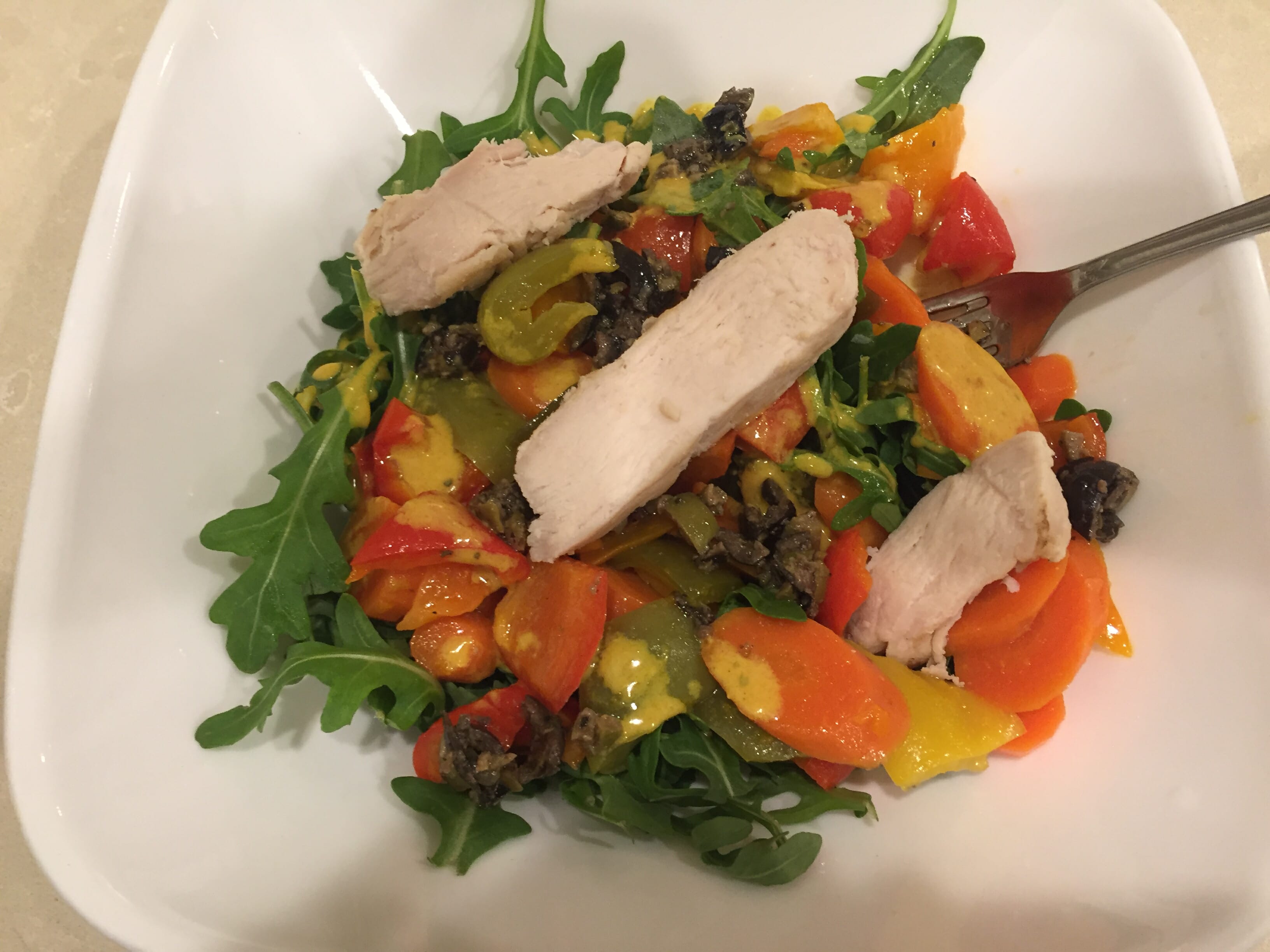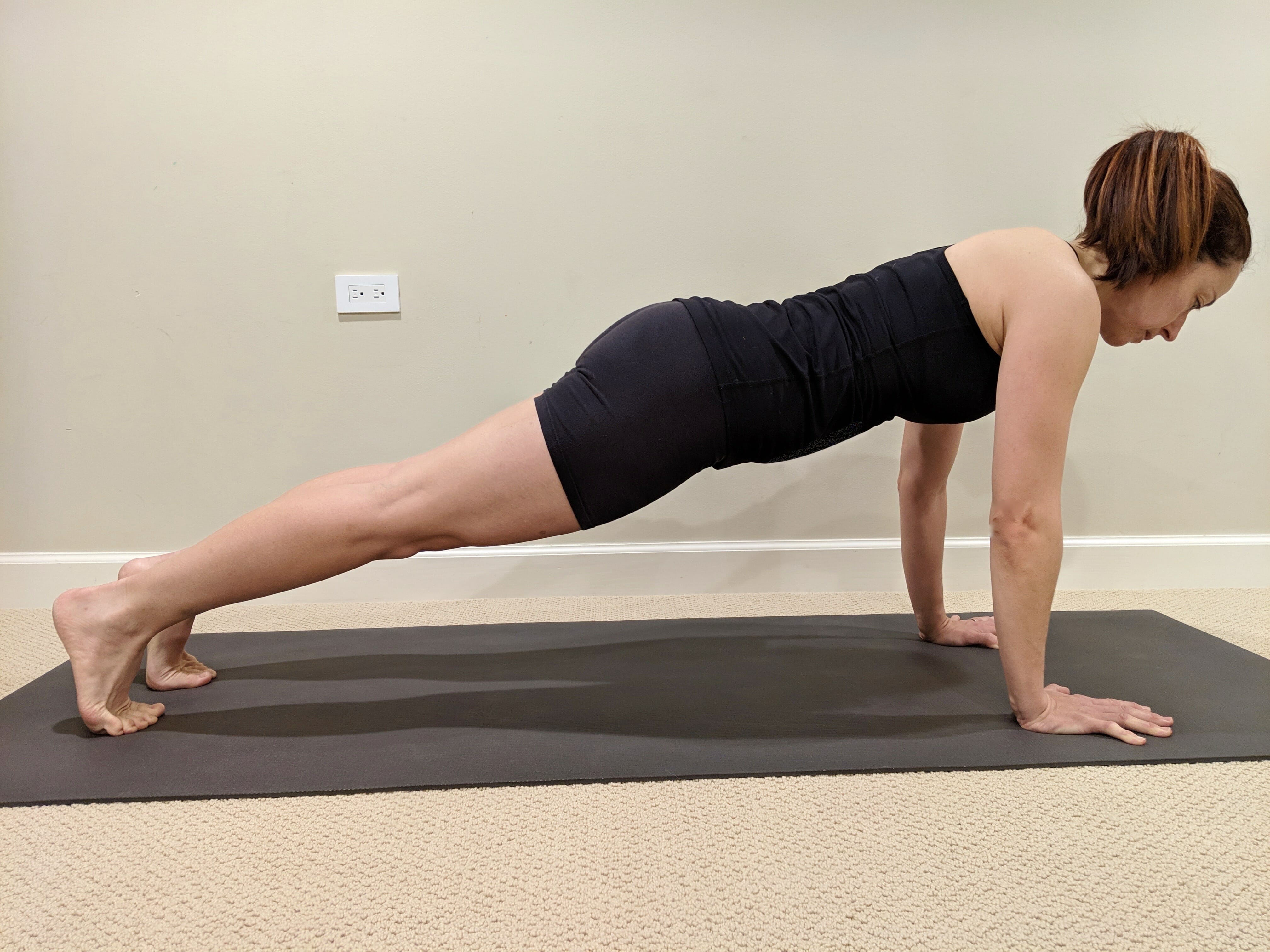I have had many experiences following different diets throughout my life, with the most notable ones being the vegan (7 years) and low-carb diet (2 years).
Why I followed diets
I practiced ballet for 12 years starting at age 7, and have been very physically active since. My ballet teacher was very strict, and there was a lot of body shaming and talk about the importance of being thin. I believe that led me to experiment with different diets in search of a perfectly thin body (whatever that means!), which I will never have, because I am quite muscular.
I was never overweight. In fact, my weight always hovered around the same since I was about 15 years old. I am 5’3” and weigh 127 lbs. I know now, after many decades of crazy eating habits, that being healthy is truly what matters. Furthermore, the number on the scale only tells part of the story, because it does not accurately show a person’s body composition.
My experience being a vegan
I slowly transitioned to being a vegetarian then a vegan after giving birth to my two children. I eliminated dairy and red meat from my diet first, because those foods gave me nausea during pregnancy, and continued to eliminate animal foods thereafter.
However, once I started training hard and getting serious about cycling, I decided to consult with a nutritionist because my energy level did not seem to be sufficient.
I had blood work done, and discovered several deficiencies, the biggest one being low level of vitamin B12. I also found out that 80% of my diet was made up of carbohydrates, which can lead to diabetes over time. That explained my bouts of hunger throughout the day. They were spikes in insulin levels from a high carb diet.
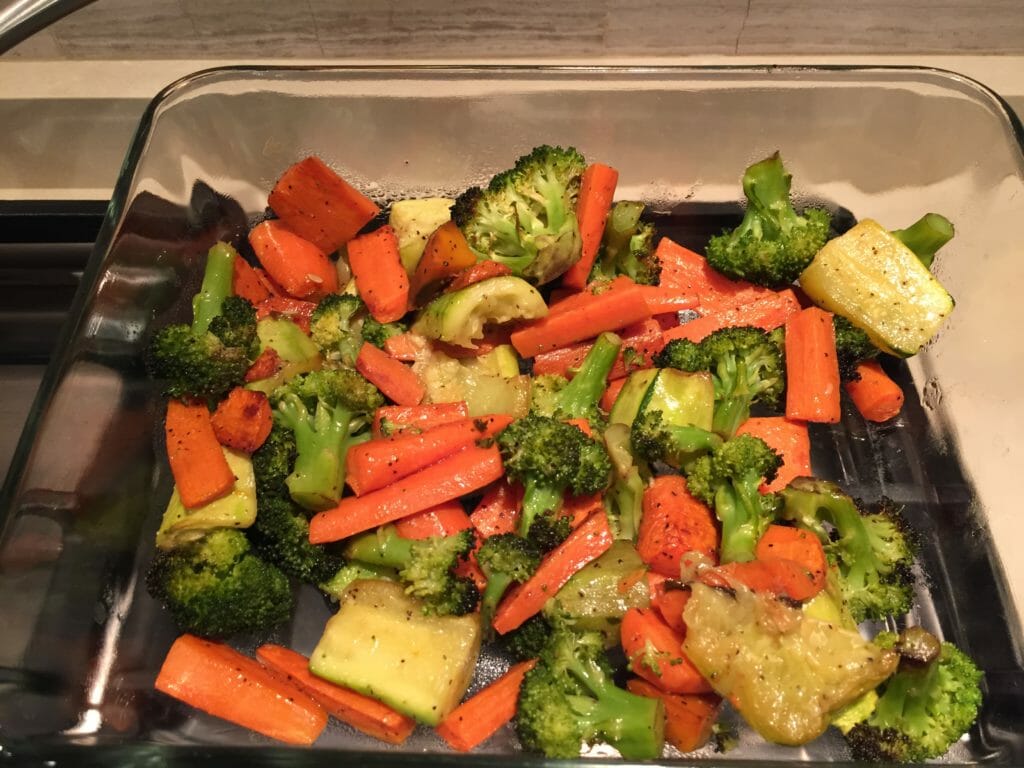
The challenge with protein from plants
As it turns out, it is very difficult to eat vegetable proteins without carbs, as most plant foods have carbs. In other words, to eat enough protein, I had to also consume a large amount of carbs with it. I had no idea.
One important point: while following a vegan diet, I ate very little processed foods. 90% of my food intake was from fresh, wholesome foods such as fruits, vegetables, grains, legumes, seeds, nuts, greens, etc. I thought that would be sufficient to provide me with all the nutrients I needed. As it turns out, it is very tricky for the average person to meet all of their needs on a plant-based diet.
The bottom line of being a vegan, I learned, is that you need to be very diligent and know what you are doing so that you don’t have any deficiencies or other imbalances that can lead to health problems later in life – problems that might take decades to show up. Either that, or you will need the support of a competent specialist. And it is definitely harder if you are an athlete.
Therefore, I decided to start eating animal protein again.
Low-carb diet overview
At the time I started eating animal protein again, I started on a low-carb diet for about two and a half years under the guidance of a nutritionist. The diet was similar to the ketogenic (“keto”) diet, and it followed several principles of the paleo diet. Below is an overview of the diet, what worked and what didn’t, and why I decided to abandon the low-carb diet completely after 2 years.
My experience with the low-carb diet was before I became a cycling coach. As a coach, I have to constantly research the science of sports nutrition, and I work closely with a nutritional therapist, who supports my clients. My role is to be well-versed and knowledgeable to guide myself and the athletes I coach through the main principles and practical application of healthy nutrition.
The science behind low-carb diets
I tricked you with the title. I am not going to get into the science behind the pros and cons of low-carb or keto diets. Instead, I will offer my personal experience. But before I do that, I will offer a few things for you to keep in mind.
Low-carb diets are, without a doubt, controversial, and there is a lot of misinformation floating around the internet and social media on the subject. It is very, very hard for people to make sense of what is good and what isn’t, of what works and what doesn’t, what’s supported by science and what’s fad. Even studies can (and often do) have limitations.
Keep in mind that low-carb and keto diets are only indicated for very specific cases, typically when a person suffers from a specific illness that will benefit from such diet, or in temporary circumstances. It has a time and a place, and it is not for everyone and anyone, as the media will make you believe. Outside of those specific cases, we are better off not excluding or significantly reducing the consumption of any one macro from our diets (i.e., carbs, fat, or protein).
My low-carb diet
In a nutshell, my diet was high in proteins and fats, and low on carbs. I ate between 30-100 grams of carbs a day. I ate closer to 30g on the days I did not workout, and closer to 100g on the days I worked out.
- Protein was primarily from lean meats (chicken breast, turkey breast, pork tenderloin, fish), eggs, and whey protein powder.
- Fats were from “healthy sources” such as extra virgin olive oil, nuts and seeds, nut butters, avocados, ghee, coconut milk and coconut oil.
- I ate lot of vegetables considered to be very low in carbs, such as carrots, cucumbers, peppers, greens, brussel sprouts, cabbage, broccoli, etc.
- Carb sources were from fruits and starchy vegetables (potatoes, sweet potatoes)
- No grains, no gluten, no dairy (personal choice), no refined carbs of any kind
There is nothing wrong with the list above. In fact, these are excellent food choices, as most of them are wholesome and nutritionally dense (i.e., not industrialized or refined). The issue was in fact with the extremely LOW AMOUNT of carbs I consumed.
The short-term results
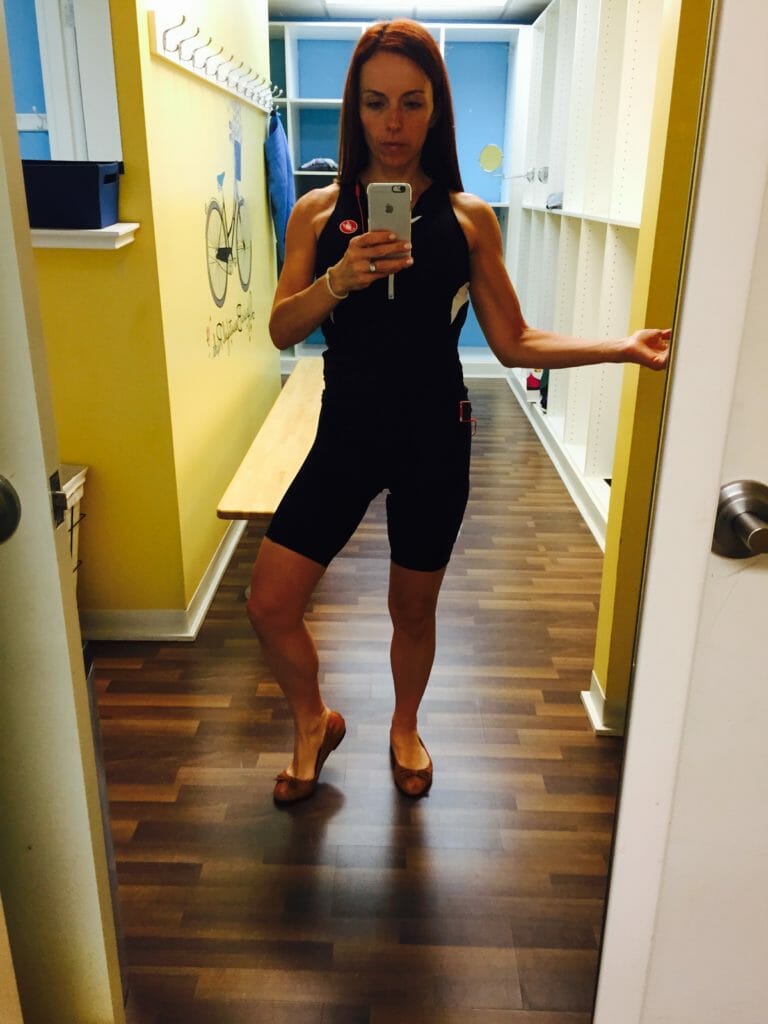
Holy crap!!!! I had no idea I could get so lean! No kidding, I got my weight down to 116 lbs (59 kg to 53 kg) in a few months, and a DEXA scan showed 12% body fat. Wow. I am not going to lie. I really liked the way I looked. I could see all my muscles and was just like one of those fitness models. It’s hard to let go of that…
The long-term results
But then a few issues started to pop up after 2 years on the low-carb diet:
- I did not have enough energy for high intensity workouts. In cycling-speak, those would be power at and above threshold and VO2. I hit a proverbial “wall”.
- It became increasingly harder to manage my workout load throughout the week. I felt tired and had low energy after long rides. I had a hard time recovering.
- I started having cold sores every 2-3 weeks, a sign of a weak immune system
- I was irritable most of the time, snapping at my kids for little to no reason
And then the final symptom that was a true wake-up call:
- I stopped menstruating
I knew then that my low-carb diet was not sustainable. Amenorrhea is a sign of serious hormonal imbalance, and it was being caused by my low-carb diet.
I did a lot of research using scientific sources, consulted with other nutritionists, and came to find out that low-carb diets have many health risks, one of which I had already experienced. Other issues include weak bones overtime… So why? Why put my health at risk?
My diet today
Today, I continue to eat as much whole foods as possible, and I eat loads of vegetables. I do not eat dairy and avoid processed foods and refined sugars as much as possible.
I eat more carbs, including grains (rice, lentils, beans, etc.). On days and weeks when I have a heavier workout load or high intensity workouts, I eat more carbs. So my intake is anywhere between 130g-300g of carbs a day.
I focus on eating most of these carbs around the time of my workouts and rides: 2-3 hs before, during and 1-3 hs after. Then I focus more on proteins and vegetables for the rest of the day. This is a form of “periodization” that has been very effective for me.
I feel energized, I am able to perform well in workouts and races, and I recover well. I have found a good balance.
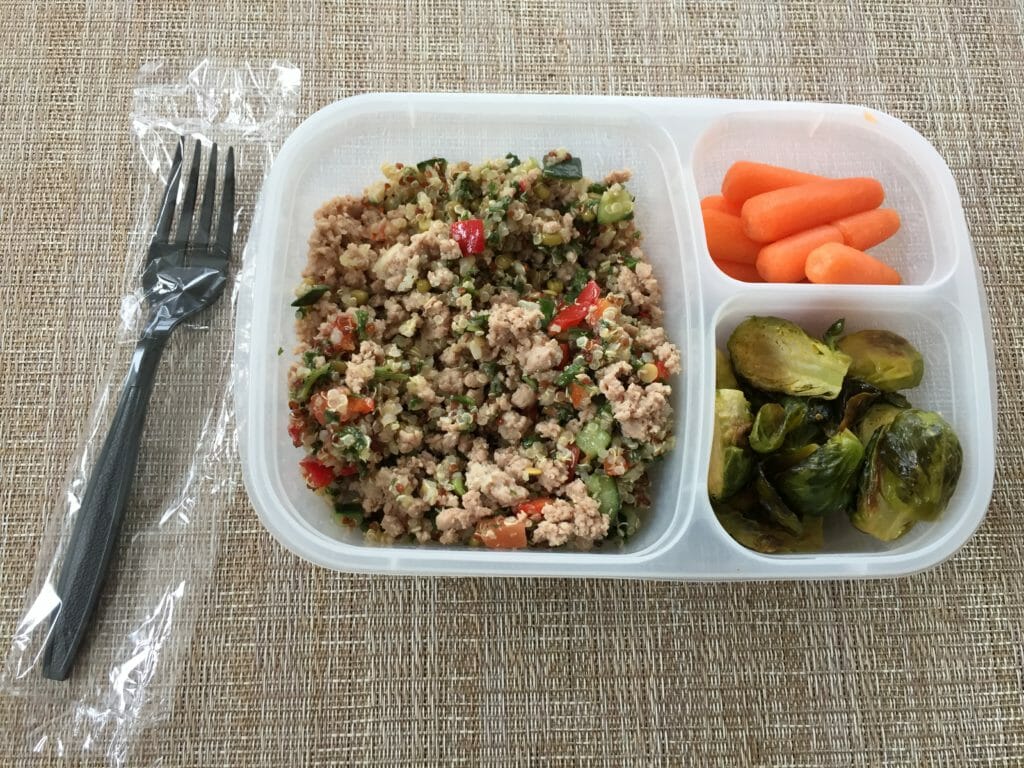
Conclusion
I encourage you to be very, very careful with any diet that eliminates or significantly reduces one or more macros or food groups from your diet. Different foods work in harmony in our bodies, and they need one another for maximum nutrient absorption.
Everything new you try will very likely work for a while, because it is a shock to the system. The issue becomes the negative health impacts a restrictive diet could have over the course of years and even decades. Indeed, issues can take decades to show up, at which point it might be too late.
